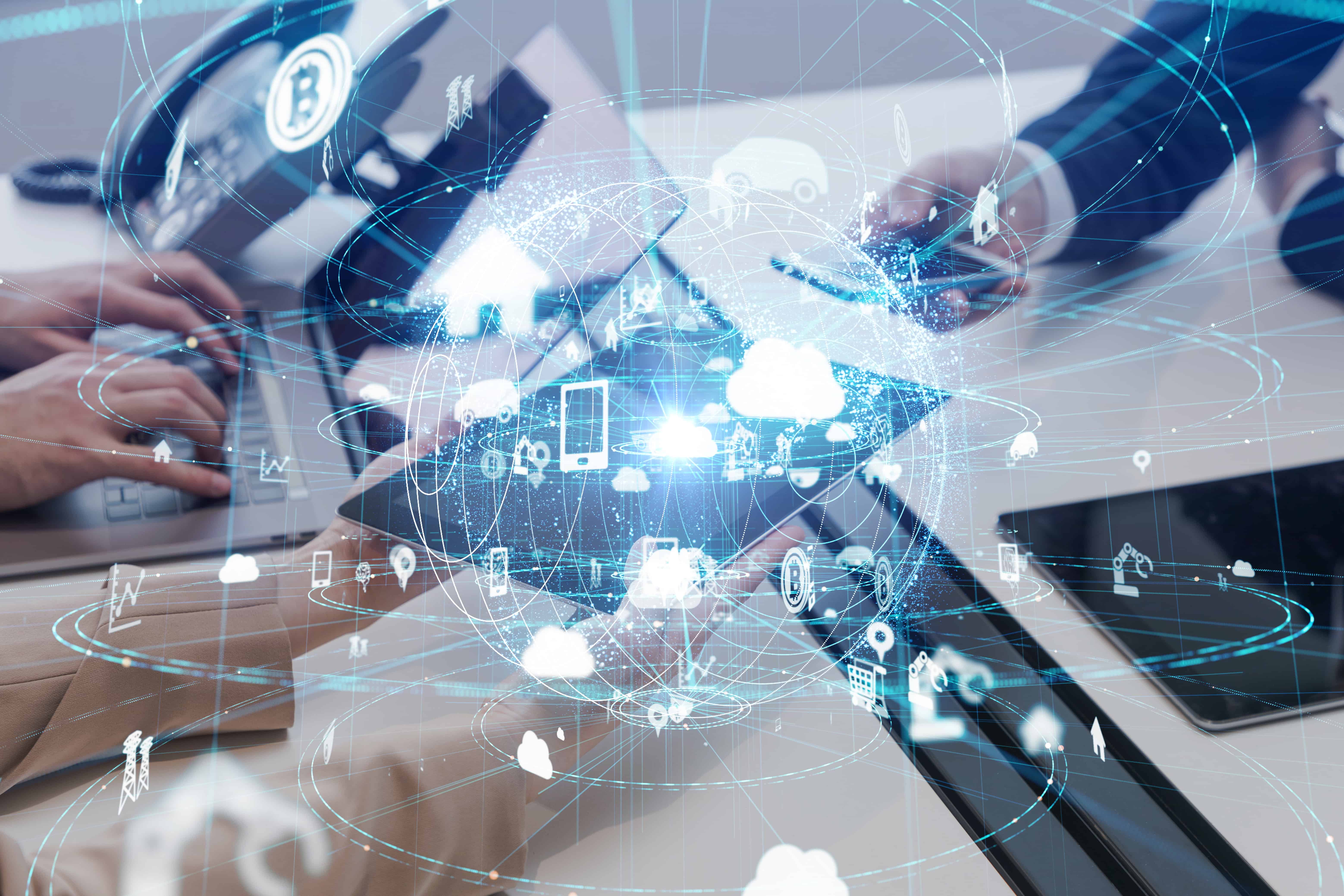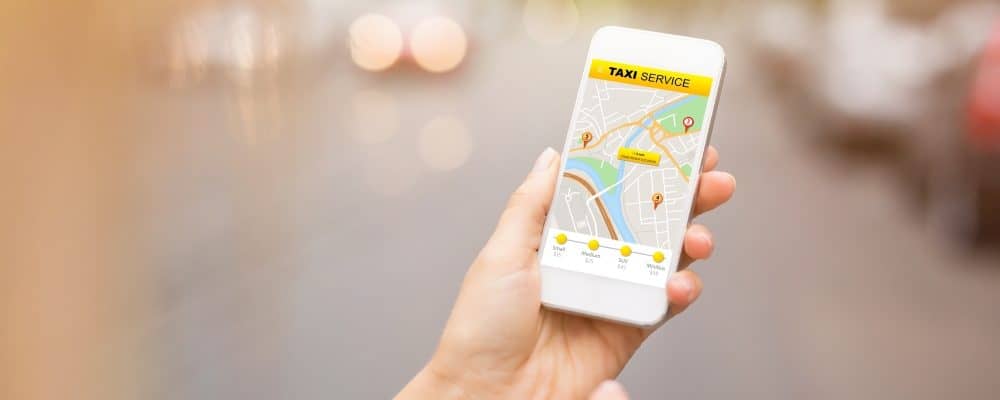This blog post was published on Hortonworks.com before the merger with Cloudera. Some links, resources, or references may no longer be accurate.
It is that time of the year – to call out predictions and trends for the year. The two hot areas that are enabling digital transformation across all industry verticals are IoT and edge computing. Let us look at what to expect in 2019 and beyond for IoT. In this post, I am going to focus only on the B2B IoT space and not on the consumer IoT side.
Growth of multi-locational data storage
With the explosive growth of IoT devices (estimated to be 31 billion devices by 2020), there has been a proportional growth in data storage needs as well to capture all the sensor data from thousands of such devices and store them for deeper analysis or to build Machine Learning (ML) models. Based on the industry use case, the storage may be on-premises or on the cloud or even have a hybrid model. However, in the last couple of years, the edge is no longer just a data-generation medium. The challenges around network latency and the need for immediate real-time insights have pushed enterprises to evolve the edge to be smarter. To enable this, in some use cases in specific verticals, there is a new need to store data locally at the edge as well. This leads to the evolution of a new model of multi-locational hybrid data architectures.
Rise of the autonomous edge

As the realization dawns on us that device autonomy is already a reality in a few verticals today, we should start preparing for accepting the autonomous edge for many more use cases across automotive, healthcare, retail, manufacturing etc. When the use case cannot afford the cost of latency for the sake of detailed analysis, the edge has to become smarter, self-reliant, has access to local storage, has a set of rules (and a light-weight rules engine too maybe), has ML models to score the data and even has the capability to fire off a set of actions – potentially involving other robotic devices. We are starting to see edge computing evolve. When Positive Train Control is implemented or when a self-driving car has to detect and avert a potential collision, the luxury of checking with the enterprise for more complex analysis just does not exist. Those types of instantaneous and life-saving decisions have to be made in real-time and can only be made better when the edge is more autonomous and smarter on its own.
Increased convergence of facial analysis and machine learning
Over the last couple of years, we have seen limited success with video cameras capturing and understanding human sentiment using facial analysis for use cases across retail for customer engagement. There have also been applications related to national security in China and in the UK where persons of interest have been identified and tracked in public places using CCTV cameras. However, talking with one of our customers recently, I uncovered an even more interesting use case. The customer was a mining and transportation company with a large fleet of trucks. What they wanted to do was have a camera inside the truck watching the driver’s actions and facial movements. The requirement was to understand if the system can quickly detect fatigue on the driver’s face and alert them immediately. Another requirement was to understand how many times the driver is taking their eyes off the road and is distracted with the radio or using their coffee cup. The idea is to increase driver safety and prevent loss of life or property in their fleet. Now, just think about the possibilities of combining all this data and enriching it with geo-location, weather data, traffic patterns etc.
Robotics will take IoT and ML to a new world of self-service and operational efficiencies
Today’s retail stores such as Walmart have already employed robots for janitorial tasks or for taking stock of products from the shelves. Robots are serving food in some restaurants. Robots enable back-office operations such as merchandising, goods movement, packaging etc. The combination of robotics with IoT devices and ML will only take us to the next level of automation and operational efficiency. Stores are going to save large margins by making automated vendor managed inventory even more efficient with minimal human intervention.
Convergence of IoT and Blockchain is inevitable
One of the key elements of streaming data that we tend to overlook is the importance of data provenance and lineage tracking. We build our businesses amidst so many compliance laws and regulations and it is only fair that we keep track of the data – its origin, the personas that handle it, the varying values through the data chain etc. With trust and data immutability being critical requirements in this model, blockchain will be an inherent part of this architecture. One of our customers, Trimble, already has a farm-to-table application that enables its end-users to look up the entire origin-transport-storage history of an organic product at a retail store from within their mobile app. This assures the customer of the authenticity and organic nature of the product but also allows the store to handle complex retail scenarios like product recalls very easily. Trimble has setup a series of blockchains to enable such a trustworthy model and the data sent to it is from various IoT devices and partner ecosystems through its product value chain.
Emergence of data marketplaces
With the hyper-growth in data production potentially reaching up to 163 zettabytes in just a few years, and with IoT and streaming data being a major contributor to that, every enterprise is sitting on goldmines of data. As vertical data ecosystems emerge as has been evident in how insurance companies tap into connected cars for driving history of its subscribers, more and more such data sharing models will start evolving within partner ecosystems. The need for refining and building more sophisticated and more reliable ML models will warrant the need for more data. So, naturally, enterprises will start purchasing data – even subscribe to IoT data streams directly. This will lead to intermediate platforms that can offer reliable marketplaces for such consumer enterprises to purchase trustworthy datasets from provider companies. IoT data monetization will become a key area of growth and something that every enterprise engaged in IoT will want to be part of.
With other growth areas like Digital Twins, Augmented Reality (AR), Virtual Reality (VR) and edge analytics heating up as well, we are in for an exciting year in the IoT realm. In my next post, I will share some key opportunities that enterprises can grab on to be more successful in IoT.



